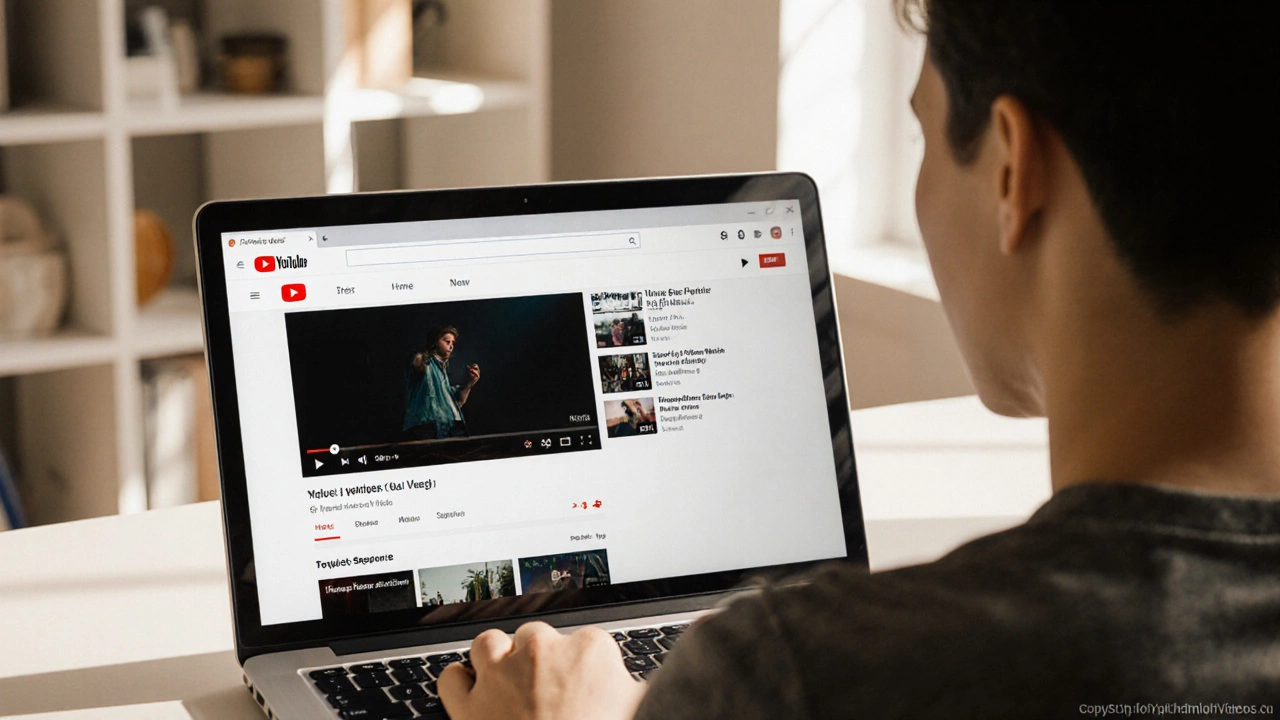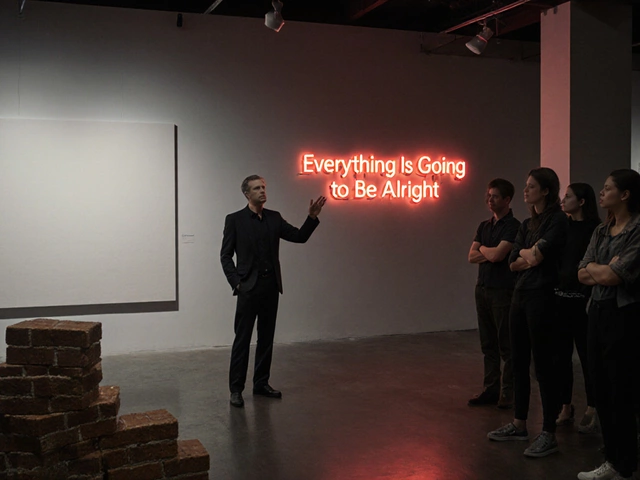YouTube Copyright
When dealing with YouTube copyright, the legal framework and platform policies that control how videos can be used, shared, and monetized on YouTube. Also known as YouTube copyright rules, it shapes every creator’s strategy for publishing content.
Understanding copyright, the exclusive rights granted to creators over their original works is the first step. Fair use, a legal doctrine that allows limited use of copyrighted material without permission then determines what you can safely remix or comment on. Digital royalties, payments earned when copyrighted content is monetized on a platform are the revenue side of the equation, while Content ID, YouTube’s automated system that scans uploads for matching copyrighted material enforces those rules. Together they form a network: YouTube copyright requires knowledge of copyright law; fair use influences what can be uploaded without a licence; digital royalties are paid when Content ID matches trigger a claim; and licensing resolves disputes.
Practical steps for creators
First, check the ownership of every clip you plan to use. If the clip is in the public domain or covered by a Creative Commons licence, you’re good to go. When the clip is still under copyright, ask yourself: does my use fall under fair use? Look at the purpose (educational, commentary), the amount used, and the effect on the market. If the answer is unclear, consider securing a licence—many music publishers and stock footage agencies offer short‑term licences for a few pounds.
Next, upload your video and let Content ID do its job. If a claim appears, read the claim details. Often the claimant offers a revenue‑share option, which can turn a potential loss into a steady income stream. If you believe the claim is wrong, you can dispute it by providing a fair‑use justification or proof of licence. Successful disputes often restore your full monetisation and keep your channel in good standing.
Finally, track your digital royalties. YouTube’s Analytics dashboard shows estimated earnings from ads, channel memberships, and super‑chat. Keep an eye on the “Revenue” tab to spot any drops caused by new claims or policy changes. Combining this data with a spreadsheet of licences and fair‑use assessments helps you stay compliant and optimize earnings.
Below you’ll find a curated collection of articles that dive deeper into each of these topics—from decoding Content ID’s match criteria to mastering fair‑use arguments for music, film, and visual art. Whether you’re just starting out or looking to sharpen your monetisation strategy, the posts ahead give you actionable insight and real‑world examples to keep your channel thriving.
Is YouTube Music Free? What You Need to Know
Learn if music on YouTube is truly free, the licensing rules that apply, and how to use tracks safely in your own projects.
Continue Reading




